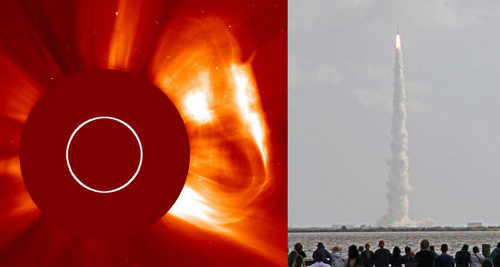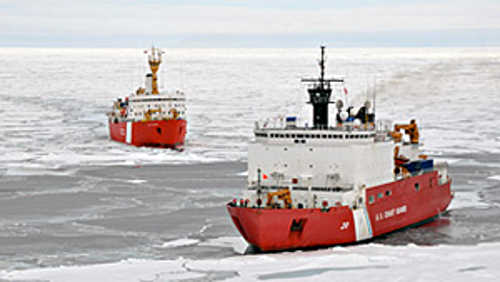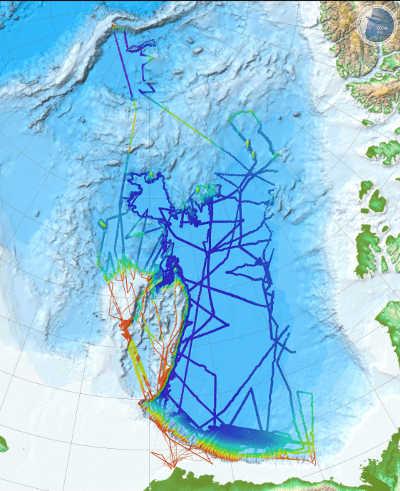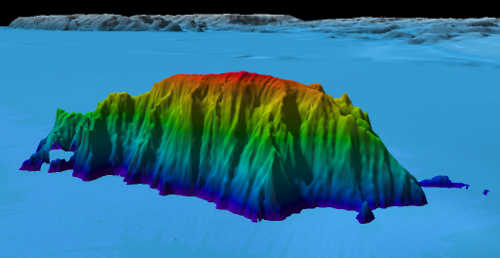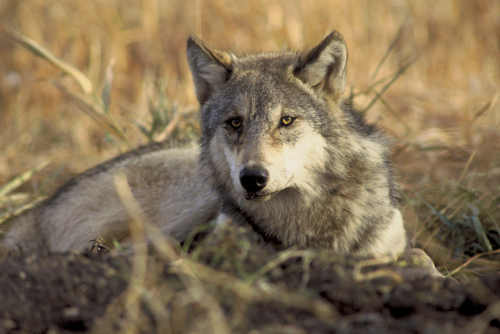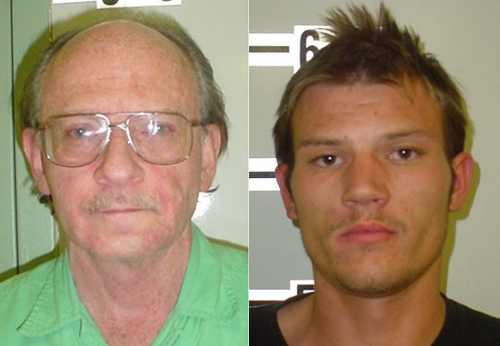- Elizabeth Larson
- Posted On
County unemployment rises in November; state, national levels drop
The Employment Development Department’s unemployment report, released Friday, said Lake County’s November rate was 16.7 percent, up 0.5 percentage points over the month, but down 2.5 percent from November 2010, when the county's rate reached 19.2 percent.
California’s unemployment rate dropped to 11.3 percent in November, down from 11.7 percent in October, and 12.5 percent in November 2010, according to the report.
The state’s job’s increased by 6,600 during the month for a total gain of 211,400 jobs since 2011 began, according to data from two separate surveys used in the California Employment Development Department’s report.
The number of people unemployed in California was 2,058,000 – down by 64,000 over the month, and down by 212,000 compared with November of last year, the report showed.
The US Bureau of Labor Statistics reported that the nationwide unemployment rate in November was 8.6 percent, down from 9 percent in October and 9.8 percent in November 2010.
Lake’s statewide ranking slipped from 53rd to 54th among the 58 counties statewide because of its November rate, noted Dennis Mullins of the Employment Development Department’s Labor Market Information Division.
Unemployment rates for surrounding counties included Colusa, 19.7 percent, No. 57; Glenn, 13.8 percent, No. 39; Mendocino, 10.1 percent, No. 17; Napa, 8.6 percent, No. 6; Sonoma, 8.9 percent, No. 8; and Yolo, 12.2 percent, No. 29.
Marin County, with 6.9 percent, had the lowest unemployment in the state, with Imperial County, 27.2 percent, having the highest, the report showed.
Mullins said that in Lake County wage and salary jobs declined by a total of 730 between October and November.
Seasonal farm and leisure and hospitality/tourism – down by 540 and 170 jobs, respectively – accounted for more than 97 percent of the month-over downturn, Mullins reported.
He said total industry jobs were down 230 over the year with overall government cutbacks, number 120 cut jobs, accounting for more than half the downturn. Six sectors gained or were unchanged over the year, and five declined.
Year-over job growth occurred in farm; manufacturing; trade, transportation and utilities; and other services, with each category adding 10 jobs, Mullins reported.
Industries with no change over the year were information and professional and business services, he said.
Mullins said industry sectors with declines over the year included mining, logging and construction, down 40 jobs; financial activities, 20; private educational and health services, 70; leisure and hospitality, 20; and government, 120.
Within Lake County, Employment Development Department statistics showed the following unemployment rates, from greatest to least: Clearlake Oaks, 24.9 percent; Nice, 24.3 percent; city of Clearlake, 23.9 percent; Lucerne, 17.6 percent; Middletown and Kelseyville, each with 17 percent; city of Lakeport, 16.1 percent; Cobb, 15 percent; Lower Lake, 14.1 percent; Hidden Valley Lake, 13.8 percent; north Lakeport, 13.3 percent; and Upper Lake, 8.8 percent.
Lake County’s November workforce consisted of 23,830 people, with 3,990 of them out of work, compared to the 24,340 people in the October workforce, when there were 3,950 unemployed.
Statewide, there were 536,294 people receiving regular unemployment insurance benefits during the November survey week, the state said, compared with 494,752 last month and 600,196 last year.
New claims for unemployment insurance were 74,082 in November 2011, compared with 68,724 in October and 72,768 in November of last year, according to the state report.
State sees small job gains in November
The federal survey of 5,500 households showed an increase in the number of employed people. It estimated the number of Californians holding jobs in November was 16,124,000, an increase of 116,000 from October, and up 246,000 from the employment total in November of last year, the state said.
The Employment Development Department’s report on payroll employment – wage and salary jobs – in the nonfarm industries of California totaled 14,170,100 in November, a net gain of 6,600 jobs, according to a survey of 42,000 businesses. This followed a gain of 37,600 jobs in October.
The agency said eight categories – mining and logging; trade, transportation and utilities; information; financial activities; educational and health services; leisure and hospitality; other services; and government – added jobs over the month, gaining 34,800 jobs. Trade, transportation and utilities posted the largest increase over the month, adding 18,000 jobs.
The report showed that three categories – construction; manufacturing; and professional and business services – reported job declines over the month, down 28,200 jobs. Professional and business services posted the largest decrease over the month, down 13,200 jobs.
In a year-over-year comparison – November 2010 to November 2011 – nonfarm payroll employment in California increased by 233,100 jobs, up 1.7 percent, the Employment Development Department reported.
Ten categories – mining and logging; construction; trade, transportation and utilities; information; financial activities; professional and business services; educational and health services; leisure and hospitality; other services; and government – posted job gains over the year, adding 233,200 jobs, the report showed.
Of those categories, professional and business services posted the largest gain on a numerical basis, adding 53,700 jobs, up 2.6 percent. Information posted the largest gain on a percentage basis, up by 4.1 percent, an increase of 18,000 jobs, the Employment Development Department said. One category, manufacturing, posted job declines over the year, down 100 jobs, small enough to register as a zero-percent decrease.
E-mail Elizabeth Larson at This email address is being protected from spambots. You need JavaScript enabled to view it. . Follow Lake County News on Twitter at http://twitter.com/LakeCoNews, on Tumblr at www.lakeconews.tumblr.com, on Google+, on Facebook at www.facebook.com/pages/Lake-County-News/143156775604?ref=mf and on YouTube at www.youtube.com/user/LakeCoNews .

 How to resolve AdBlock issue?
How to resolve AdBlock issue? 